
Ridgewood Bank Blog
Don’t Fall for It: How to Help Spot and Stop Bank Impersonation Scams
Don’t Fall for It: How to Help Spot and Stop Bank Impersonation Scams
July 11, 2025
Your financial security is our top priority—and unfortunately, that security is increasingly being targeted by scammers. A recent alert from the FDIC highlights a troubling rise in bank impersonation scams and fake bank websites or apps. These schemes are sophisticated, convincing, and designed to steal your money or personal information.
Whether it's a phone call, text, or email, knowing how to spot the warning signs can help you stay safe. Here’s what you need to know.
What Is a Bank Impersonation Scam?
A bank impersonation scam happens when a fraudster pretends to be a legitimate financial institution—sometimes even your bank—to trick you into giving them sensitive information or transferring money. Scammers may:
- Call or text you claiming there’s been suspicious activity on your account.
- Urge you to transfer money to a so-called “safe” or “replacement” account.
- Create fake bank websites or mobile apps that look real and offer “too-good-to-be-true” deals—like extremely high interest rates or fast personal loans.
- Send phony confirmation emails for deposits or payments you never made.
These scams often look convincing. They may spoof real phone numbers, use your bank’s logo, or even include fake employee names to build trust.
Red Flags: What to Watch For
Be on the lookout for these common signs of a scam:
- Unusual payment requests: If you’re asked to send money via gift cards, wire transfer, or cryptocurrency—stop. No legitimate bank asks for these.
- Pressure tactics: Phrases like “urgent action required” or threats to freeze your account are designed to make you act fast without thinking.
- Suspicious email addresses or web links: Hover over links to see where they really lead before clicking. Look closely—scammers often use slightly altered URLs.
- Generic greetings or poor grammar: Emails that start with “Dear customer” or have typos can be a red flag.
How to Protect Yourself
While scammers are getting more clever, there are a few simple steps you can take to help protect yourself:
- Don’t share personal information via phone, text, or email—especially PINs, passwords, or Social Security numbers.
- Verify all requests by contacting us directly at (718) 240-4778. Don’t use the number or link in a suspicious message.
- Use only our official website: ridgewoodbank.com. Bookmark it for easy access and peace of mind.
- Trust your instincts. If something feels off, it probably is. As always, if you have any doubts, please contact us directly.
We’re Here for You
If you ever receive a suspicious message claiming to be from us, or if something just doesn’t feel right, don’t hesitate to get in touch. Your vigilance and quick action can help prevent fraud—not just for you, but for others too.
For more details on how these scams work and how to avoid them, check out the official FDIC alert: FDIC Bank Impersonation Scams and Fake Banks.
Products, services, terms and conditions subject to change.

